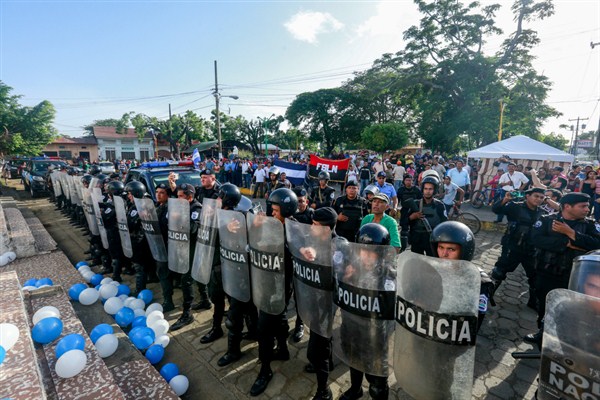In late September, El Nuevo Diario, Nicaragua’s second-largest newspaper by circulation, announced that it would shut down after nearly 40 years in print due to “economic, technical and logistical difficulties.”
“We didn’t know anything. It took us by surprise,” Eliud Garmendia, a journalist with El Nuevo Diario, told the Nicaraguan online news outlet Confidencial.
The paper’s closure, while sudden, was not entirely unexpected. For months, the Nicaraguan government has refused to release vital supplies like paper and ink from the state customs agency, forcing El Nuevo Diario to stop printing on weekends and reduce its page-count, according to Lori Hanson, an expert on Nicaragua and associate professor at the University of Saskatchewan. La Prensa, the country’s oldest newspaper still in operation, also had to change its format as a result. Both outlets have been critical of President Daniel Ortega’s government.

